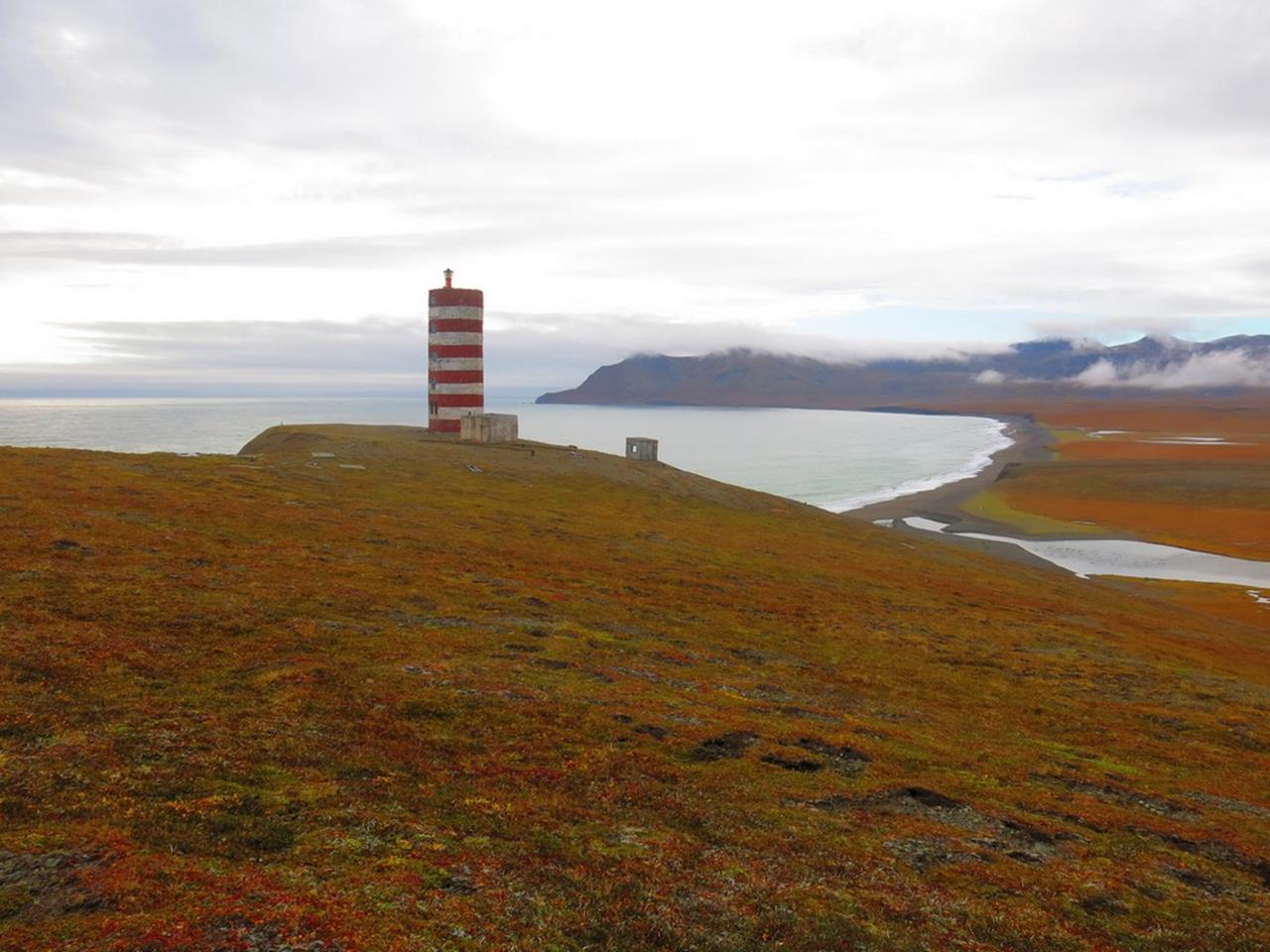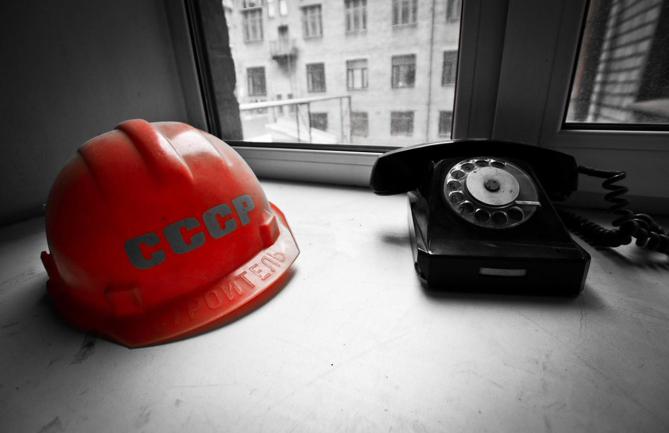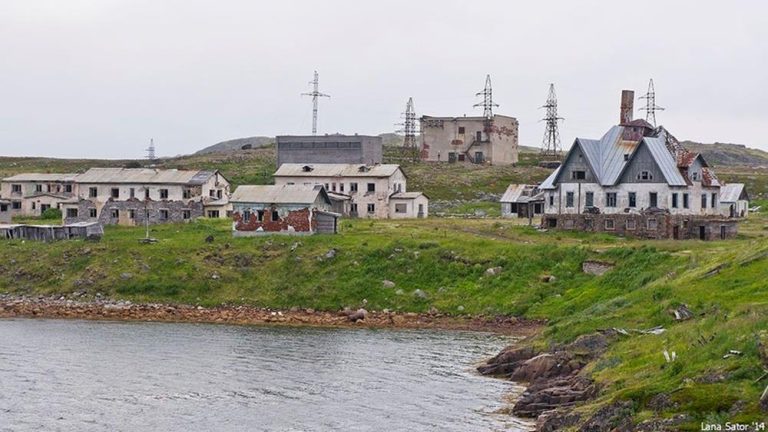A derelict lighthouse with a nuclear power battery
Lighthouses are one of the most brilliant inventions in human history. It’s no coincidence that one of the Seven Wonders of the Ancient World was, in fact, a lighthouse.
Since Chukotka has a 3000 kilometer (approx. 2000 miles) coastline, it has a huge number of lighthouses.
So, while I was travelling in a region known as the stormiest place in Russia, it was impossible to avoid seeing one of them.
And I didn’t just see it – I also visited the Navarinsky lighthouse, one of the most spectacular lighthouses in Chukotka.

Right under the lighthouse there is trash, fixtures, batteries and other man-made rubbish lying around. However, it doesn’t ruin the impression of the majestic sight.
There are two small concrete structures next to the lighthouse. Inside one of them there are regular batteries, and in the other one… a nuclear battery powered by strontium 90.


In the 1960s, the Soviet genius of science came up with a battery to support autonomous operation of objects located in remote, hard-to-reach areas.
At first the technology was intended for use in space, for lunar and mars rovers, but then the invention was implemented on Earth as well.
Lighthouses were numerous in the USSR, and most of them were located in remote regions, and somebody had to go there every year to replace the batteries. Creating a longer-lasting battery was a genius solution to the problem.
The operating life of a Radioisotope Thermoelectric Generator (RTG) was 10 years, then it had to be replaced.
All was fine until the 1990s, when the well-oiled Soviet Hydrography and Geodesy system collapsed.
RTGs were not forgotten, but there was no money for their proper disposal.

IEU-1 Radioisotope Thermoelectric Generator specifications:
RTG thermal power, Watts – 2200
RTG entry level rated activity, thousands Curie units – 49
Electric power, Watts – 80
Output voltage, Volts – 24
Weight, kg – 2500 (2.5 metric tons)
Start of production – 1976″
The front plate

There is no point in lingering near the RTG, so let’s take a tour of the lighthouse itself. There is no door, well, actually there is, but it is lying around far away from its home hinges.
It is damp inside and there is a huge puddle on the floor. I go up the metal stairs.
There is a separate room on the 2nd floor: maybe for the staff, maybe for keeping tools. All the other floors are open spaces. There are Liman 2, 6V 4-M batteries installed in the 4th floor.
Actually, the light wasn’t turned on while I was there. Maybe it turns on automatically when the night comes?



The Navarinsky lighthouse was built in 1986, the date is indicated in brick on one of its walls.
There is a narrow-gauge wooden railway track leading from the lighthouse to the bay, it was used to transport carts loaded with cement and other building materials up the shore.
Also, a generator is installed on a shuttlecar near the bay.

The generator on a shuttlecar.

The view of the lighthouse from the bay.


Images by Evgeniy Basov, reproduced with permission







